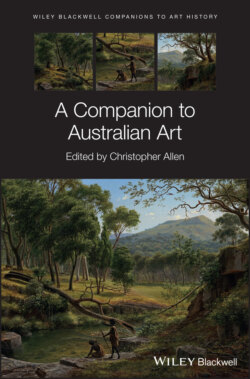Читать книгу A Companion to Australian Art - Группа авторов - Страница 27
The Nineteenth Century Background
ОглавлениеWhile the creation of a system of public art museology in nineteenth century Australia was inevitably in direct imitation of Britain’s new museum culture, it was necessarily adapted to local conditions. New ideas on the social and educational outcomes of access to museum collections, and the necessity of providing teaching in art and design to both artisans and art students for the improvement of public taste, were of course stimulated by the global impact of London’s Great Exhibition of 1851, and the subsequent founding of the South Kensington Museum (renamed the Victoria and Albert Museum in 1899).
In 1879–1881 Sydney, and then Melbourne, hosted significant international exhibitions, and in 1888 Melbourne alone presented its huge Centennial Exhibition, commemorating a century of British settlement and the progress made in the Australian colonies. In all three exhibitions, with Europe’s most powerful manufacturing nations contributing significant products and produce, collections of contemporary fine art proved popular with the public. The fact that in 1888 Melbourne, by far the wealthiest and most socially and culturally advanced Australian city, felt sufficiently confident to challenge Sydney by going it alone, set the agenda for much subsequent cultural policy, and Australia’s two major cities compete to this day in developing arts and museological infrastructure.
